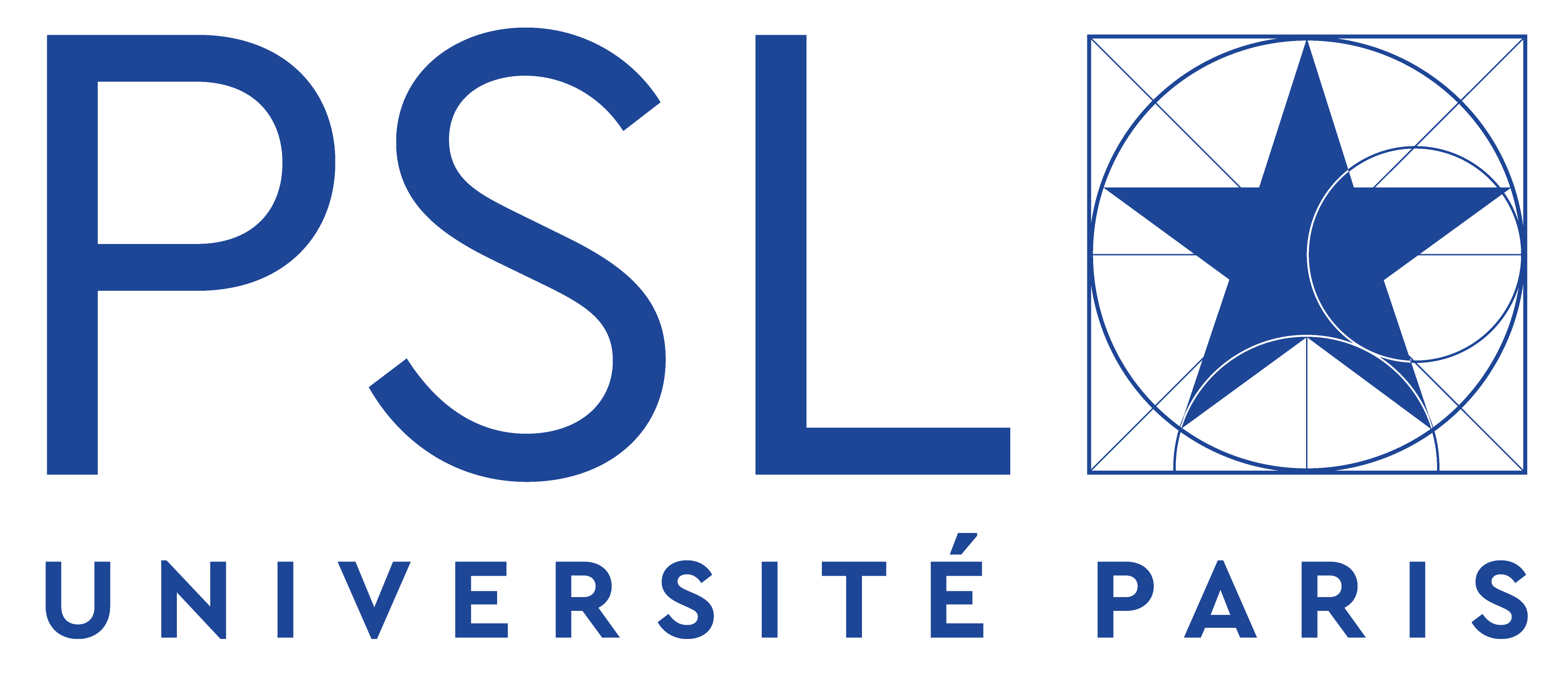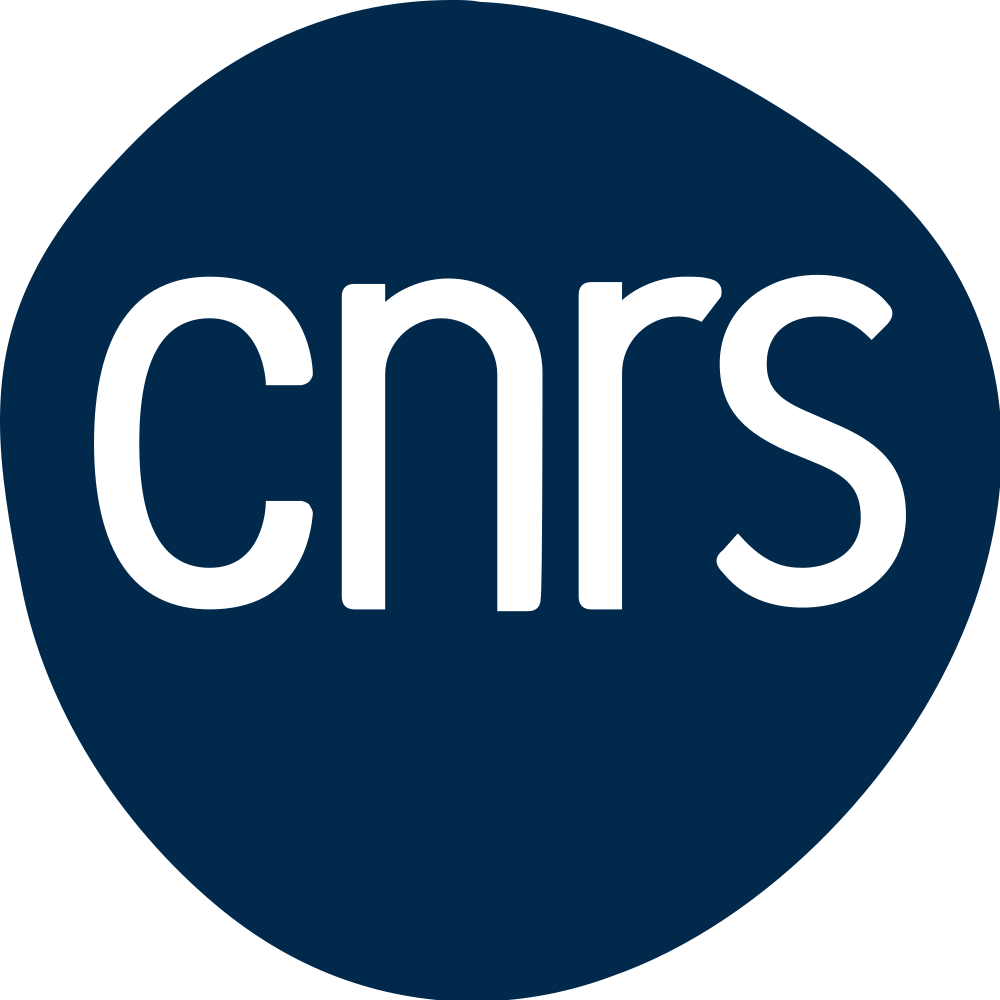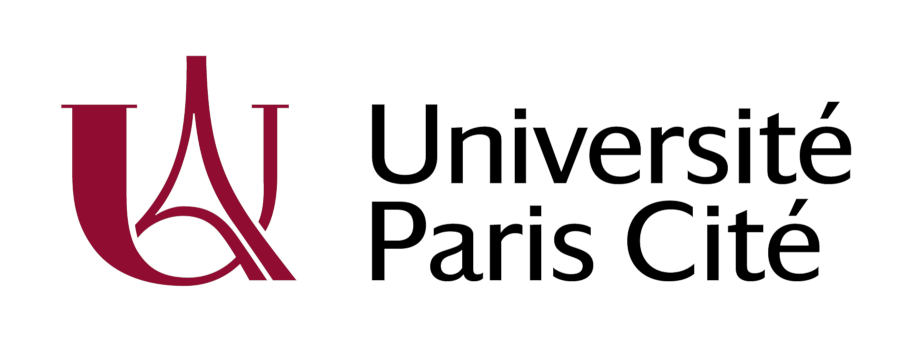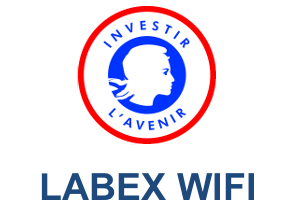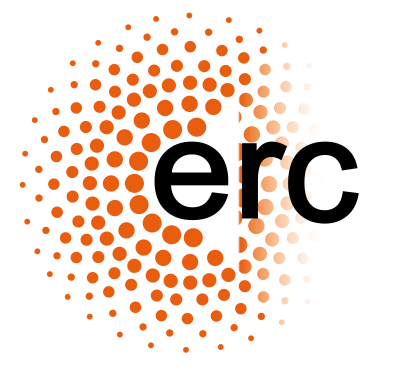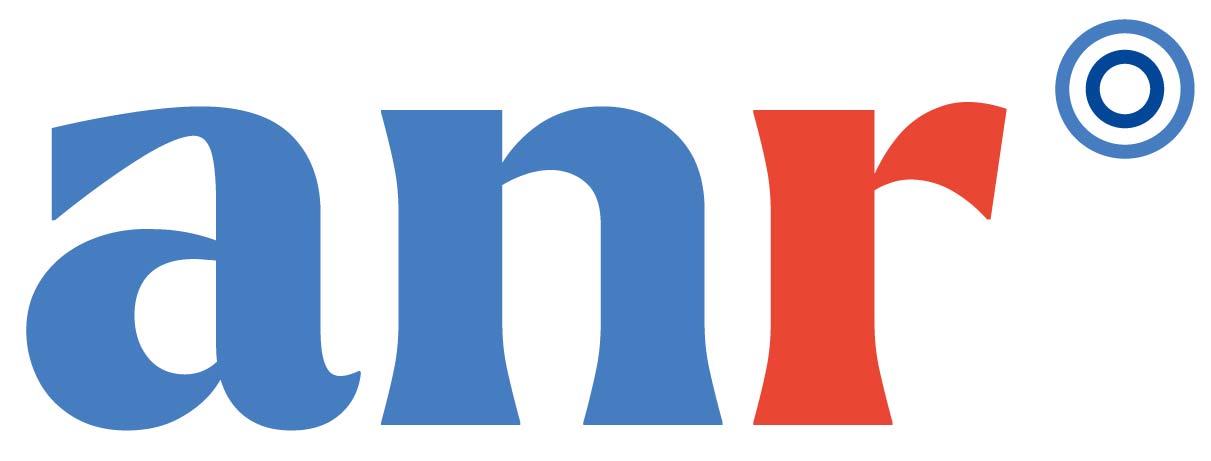 | Mathias FINKProfessor at ESPCI |
CV
I am interested in the most fundamental aspects of wave physics in complex environments and I apply and promote this research in developing new tools and concepts in both imaging methods and information transmission techniques. My research has led to numerous applications ranging from medicine, to defense, telecommunications, geophysics and human-machine interface.
After a postgraduate thesis in solid-state physics, I embarked on the adventure of medical imaging and my “These d’Etat” work, with Pierre Alais, led to the realization of the first high-resolution medical ultrasound scanner operating in real time (1978). In 1981, I was appointed Professor at the University of Strasbourg and then went as a visiting professor at the University of Irvine in the radiology department. Back from the USA, I moved to Paris where I created in 1990 at the ESPCI the Waves and Acoustics Laboratory which became in 2009 the Langevin Institute which today gathers about a hundred researchers on the theme "Waves and Images".
My research has led to several discoveries and the creation of 6 innovative companies (Echosens, Sensitive Object, Supersonic Imagine, Time-Reversal Communications, Cardiawave and GreenerWave) which employ nearly 400 people. I have directed more than 65 PHD thesis and filed more than 75 patents. I have authored or co-authored more than 450 scientific articles in peer-reviewed journals. I was the first academic to be elected in 2008 as Professor at the Collège de France on the Chair of Technological Innovation.
By exploiting the symmetries of the wave equation and the arrival in the 1980s of the first high-capacity high-speed electronic memories, I proposed in 1987 the concept of "time-reversal mirrors" which allow a wave to relive its past life in the most complex environments. Then with my team, we made such mirrors for different types of waves (sound, ultrasound, seismic, electromagnetic, and waves) and we experimentally tested their efficiency in the most varied propagation media. The most surprising result of this research was to show that the more complex the propagation medium, the easier it is to make a wave relive its past life. Complexity becomes an asset and a single "time-reversal" antenna, immersed in a scattering or reverberating medium, makes it possible to focus a wave on a spot whose size no longer depends on the size of the antenna! These surprising results have since been the source of much research in the community of mathematicians, opticians and in the field of telecommunications. Then, with Geoffroy Lerosey, Fabrice Lemoult, Julien de Rosny and Arnaud Tourin, we showed that it is possible to create, by time reversal, focal spots much smaller than the wavelength by introducing into the propagation medium a locally resonant material structured at a sub-wavelength scale (this is the concept of "Resonant Metalens").
Parallel to this research on the limits of diffraction, I have explored the "time reversal" approach in imaging, and with my colleague Claire Prada, we have introduced the concepts of iterative time reversal and time reversal operator which allow us to revisit imaging techniques in heterogeneous media by introducing a matrix approach to imaging.
With my team, I have developed many applications of these concepts such as:
- The realization of a time-reversal lithotripter that tracks and auto-focuses ultrasound shock waves only on renal and vesicular lithiasis (with Jean-Louis Thomas)
- An ultrasound brain therapy system that allows ultrasound waves to be optimally focused through the skull (with Mickael Tanter and Jean-François Aubry).
- The development of intelligent tactile objects using time reversal of the noise generated by finger impacts on objects (research conducted with my colleague Ros-Kiri Ing who created the Sensitive Object Company sold to TYCO),
- The development of electromagnetic telecommunications systems in urban environments or in buildings by time reversal (with Julien de Rosny, Geoffroy Lerosey and Arnaud Tourin: Time-Reversal Communications company sold to ATOS),
- The development of new non-destructive testing methods for Aeronautics (with Claire Prada).
- The development of radar and time reversal sonar to see behind walls or to detect objects in shallow water (with Claire Prada and Julien de Rosny).
In parallel to research on time-reversal mirrors, I initiated and developed a second research theme in the field of medical imaging: multi-wave imaging. I introduced the concepts of "Transient Elastography" and "Supersonic Shear Wave Imaging", two methods that allow quantitative imaging of tissue elasticity by observing the propagation of LF shear waves using ultrasound. This research has led to the marketing of two highly innovative devices: the Fibroscan and the Aixplorer by two of the companies created from my laboratory: Echosens and Supersonic Imagine.
It was first within the framework of Stefan Catheline and Laurent Sandrin’s PHD thesis that we developed a first device for measuring elasticity which led in 2001 to the creation by Laurent Sandrin of a first start-up company ECHOSENS (140 people) which markets the Fibroscan which quantifies the degree of fibrosis in liver pathologies. This device has been a great international success in hepatology and has become the world gold standard for measuring the degree of fibrosis. More than 5000 Fibroscans have been installed worldwide.
Then, in a second phase, by combining this research with the technology of time-reversal mirrors, I imagined and, with my team, we have created a much more sophisticated device, allowing us to obtain quantitative images of the elasticity of organs with millimetric precision. For this we developed the world’s first ultrafast ultrasound imager (10,000 images/s) from which I introduced the concept of "Shear Wave Elastography". With Jacques Souquet, Jeremy Bercoff (my PHD student on this subject), Mickael Tanter and Claude Cohen-Bacrie we created in 2005 the company SUPERSONIC IMAGINE which counts today more than 175 people. Since the beginning of 2009, Supersonic Imagine has been marketing the "Aixplorer" which has sold more than 2300 copies worldwide. The applications of this technology are very numerous: breast and thyroid cancer, liver cancer, prostate cancer, cardiovascular disease, musculoskeletal pathology, eye, skin...
Subsequently I made many improvements to the concept of ultrafast imaging. The most significant being the invention of the "Coherent Plane-Wave Compounding" mode which is now the gold standard in ultrafast imaging. I also proposed and tested a new imaging mode that I called BTI (Backscattering Tensor Imaging) which allows to image and track by ultrasound the direction of muscle fibers in the heart with sub-millimetric resolution.
Alongside these medical applications, I am currently working on several other topics.
Some of them concern fundamental wave physics with the concept of "Instantaneous Time Mirror" that I recently introduced with Emmanuel Fort and which allows us to imagine "time materials" with astonishing properties revisiting both the concepts of holography and the way an antenna is coupled to a propagation medium. These ideas were first verified in the field of waves on the surface of water and their generalization to plasmonics and quantum mechanics motivates many groups.
I have also initiated research on adaptive metasurfaces over the last half-dozen years. I was thus at the origin, with Geoffroy Lerosey, of the development of "intelligent mirrors" (now called LIS: Large intelligent surface or RIS: reconfigurable intelligent surface) for electromagnetic waves that improve the quality of communications in buildings by focusing radio waves on mobile phones (creation in 2015 of the GreenerWave company). Recently, I have generalized these ideas in the field of sound control by developing modular acoustic panels that can control sound waves in a noisy room to create, for example, a zone of silence in any location. This research led to an intense collaboration with the University of Hong Kong HKUST.
I am also working within the framework of the ERC Synergy Helmholtz that I obtained in partnership with the Institut de La Vison on the development of new methods of optical imaging in a diffused environment (Smart OCT) using the concept of time reversal operator. These approaches that we are developing with Alexandre Aubry and Claude Boccara allow us to double the inspection depth in optical microscopy and to correct optical aberrations by exploiting the measurement of the optical reflection matrix. The main applications concern the eye.
In the same vein, I proposed to measure and exploit a new type of matrix: the acousto optical transfer matrix to image deep scattering tissues with optical resolution.
Finally, together with my colleague Ros Kiri Ing, I am participating in the development of the first non-contact ultrasound imager of human body surface vibrations which should make it possible to detect cardio-respiratory diseases without touching the patient.



